Fish chowder with potatoes has long been a beloved comfort food, offering warmth and satisfaction with every spoonful. Whether you’re preparing a simple fish chowder with potatoes or aiming for an old-fashioned fish chowder recipe, this versatile dish effortlessly combines hearty potatoes with flavorful fish and seafood. From classic clam chowder variations to creamy seafood chowders, the possibilities are endless, making it a staple in kitchens around the world. In this article, we’ll delve into the art of crafting the perfect fish chowder with potatoes, exploring everything from the best spices to pair with potatoes to the ideal ingredients that elevate this dish to new heights. Whether you’re a seasoned cook or new to the kitchen, this guide will provide you with expert tips and insights to create a fish chowder with potatoes that’s both delicious and memorable.
Key Takeaways
– Improve Texture and Flavor: Use half-and-half, whole milk, or heavy whipping cream to add richness and creaminess to your fish chowder.
– Enhance Consistency: Opt for all-purpose flour, cornstarch, or roux to thicken your chowder for a smoother, velvety texture.
– Achieve Desired Thickness: Create a slurry by mixing your chosen thickening agent with a cool liquid and gradually incorporating it into your simmering chowder.
– Maintain Richness: Substitute heavy cream with whole milk, evaporated milk, or half-and-half, and adjust with butter or oil to preserve the dish’s thickness and richness.
– Dietary Flexibility: Experiment with plant-based creams or yogurt for a healthier twist, though expect slight flavor variations.
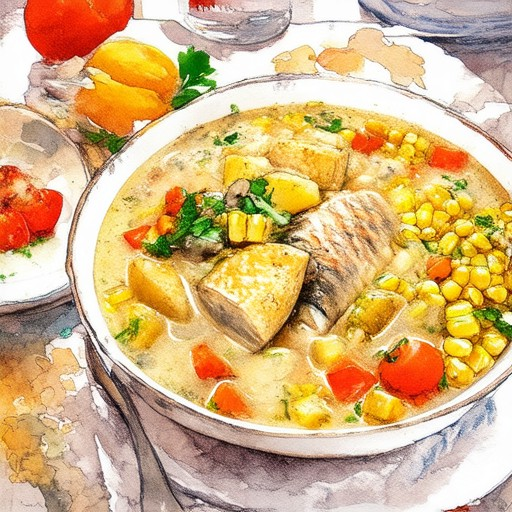
What Spices Go Well with Potatoes in Fish Chowder?
When preparing fish chowder, certain spices and herbs can elevate the dish by complementing the flavors of the potatoes and fish. Here’s a breakdown of recommended spices:
- Bay Leaf : Adds depth and a subtle sweetness to the soup.
- Thyme : Enhances the earthy notes of the potatoes and fish.
- Paprika : Provides a hint of color and smokiness.
- Cayenne Pepper : Optional for those who enjoy a touch of heat.
- Salt and Pepper : Essential for seasoning to balance flavors.
- Old Bay Seasoning : A popular choice for its unique blend of spices, including cayenne, celery seed, and onion powder.
- Dill : Can be added for a refreshing, herbal touch, though it’s more of a personal preference.
These spices work harmoniously together, creating a rich and savory broth that pairs perfectly with tender potatoes and flaky fish. Adjust the spices according to your taste preferences for a personalized dish.
What Kind of Fish Is Best for Chowder?
Choosing the right fish for chowder involves considering factors like texture, flavor, and how well it holds up during cooking. Here’s a breakdown of the best fish for chowder:
- Firm-Fleshed Fish: Fish like snapper , barramundi , and tilapia are excellent choices. They remain tender and flaky when cooked, making them ideal for chowder.
- White Fish: Cod, ling, and monkfish are great options. Their mild, slightly sweet flavor pairs well with creamy broths and vegetables commonly found in chowder recipes.
- Ocean Fish: Marlin, swordfish, and grouper are robust and flavorful, adding a rich taste to the dish. However, they may require more seasoning to complement the chowder base.
- Salmon: While not traditionally used, salmon adds a healthy touch and vibrant color to chowder. Its fatty acids contribute to a richer texture.
For the best chowder experience, consider adding other seafood like clams, shrimp, or crab for extra flavor and variety. Experiment with different fish to discover your personal favorite!
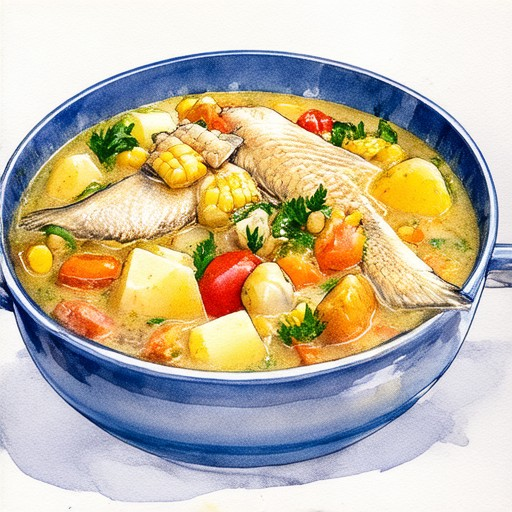
What Three Ingredients Must a Chowder Have?
A chowder typically consists of three key ingredients to achieve its characteristic thickness and flavor profile:
- Dairy Product : The base of most chowders is a dairy product, such as milk, cream, or half-and-half. This ingredient provides the richness and creaminess that defines a chowder.
- Roux : A roux, made by mixing flour with butter or another fat, serves as the thickening agent. This helps create the desired consistency of the soup.
- Seafood : Traditionally, chowders include seafood, such as clams, shrimp, or lobster, which contribute to the dish’s flavor and texture. While some vegetarian versions exist, seafood remains a fundamental component in many classic chowders.
These three elements work together to create a rich, hearty, and flavorful dish that is easily recognizable as a chowder.
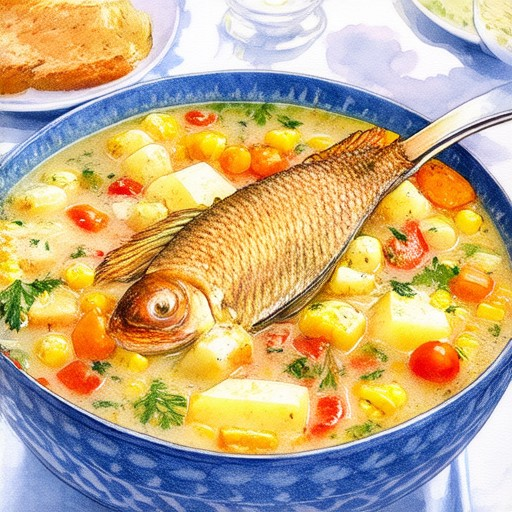
What Kind of Cream is Used in Fish Chowder?
The most common types of cream used in fish chowder include:
- Half-and-Half: A popular choice for its creamy texture and mild flavor, it adds richness without heaviness.
- Whole Milk: Provides a sweet taste and a smooth consistency, ideal for balancing flavors in the dish.
- Heavy Whipping Cream: Offers a thicker texture and richer mouthfeel, enhancing the overall creaminess of the chowder.
Additionally, alternative creams such as yogurt, sour cream, or plant-based creams can be used depending on dietary preferences, though they may alter the traditional taste of the dish.
How to Thicken Your Fish Chowder
To achieve the perfect consistency in your fish chowder, follow these simple steps:
Step 1: Assess the Current Consistency
Taste your chowder to determine if it’s too thin. If it lacks heartiness, proceed to the next steps.
Step 2: Choose Your Thickening Agent
Select from the following options based on your preference and dietary needs:
- All-purpose flour – A classic choice for achieving a smooth, velvety texture.
- Cornstarch – Ideal for a gluten-free option, offering a slight chew without lumps.
- Roux (butter + flour mixture) – Adds richness and depth, suitable for more advanced recipes.
Step 3: Prepare the Slurry
Mix the chosen thickening agent with a cool liquid (water, broth, or milk) in a separate bowl to create a smooth slurry. This prevents lumps and ensures an even distribution.
Step 4: Incorporate the Slurry
Gradually whisk the slurry into the simmering chowder. Stir continuously to incorporate the mixture evenly, avoiding any clumping.
Step 5: Adjust Heat and Seasoning
Simmer gently to allow the slurry to thicken without boiling vigorously, which could cause lumps. Taste and adjust seasonings as needed to enhance the overall flavor.
Optional Method: Utilize Starchy Ingredients
If your chowder contains naturally starchy ingredients like potatoes or rice, ensure they are well-cooked and broken down to naturally thicken the soup.
Important Tips
- Start with a small amount of thickener and adjust to taste to avoid an overly dense texture.
- Avoid adding too much heat immediately after introducing the slurry to prevent curdling.
- Consider the type of chowder – cream-based versions may already be rich and thick due to dairy products.
By following these steps, you can achieve a deliciously thick and hearty fish chowder that’s sure to impress!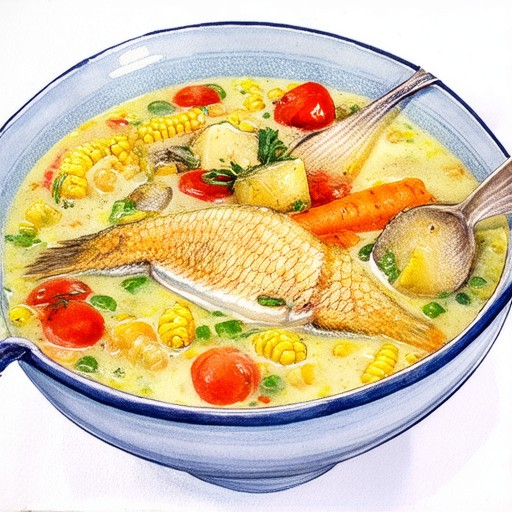
Can I Use Milk Instead of Heavy Cream in Chowder?
Yes, you can use milk as a substitute for heavy cream in chowder, but keep in mind that the texture and taste may vary depending on the type of milk used and how it’s incorporated into the recipe.
- Whole Milk: Using whole milk can provide a creamier base compared to skimmed milk, though it may result in a slightly thinner consistency due to its lower fat content.
- Evaporated Milk: Evaporated milk is a concentrated form of milk that can be used as a substitute for heavy cream. It adds richness and reduces the need for additional thickeners like butter or oil.
- Half-and-Half: Half-and-half offers a balance between milk and cream, providing some of the richness of heavy cream without the full fat content. It works well in chowders that require a medium consistency.
- Butter or Oil: To compensate for the reduced dairy, you can incorporate extra butter or oil into the chowder. This helps maintain the desired thickness and enhances the overall richness of the dish.
When substituting milk for heavy cream, consider adjusting other ingredients like adding butter or oil to achieve the desired texture. Experiment with these alternatives to find the best fit for your taste preferences and available ingredients.

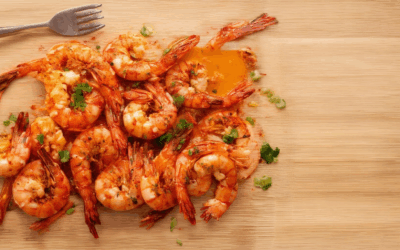
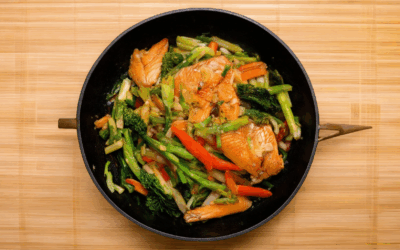
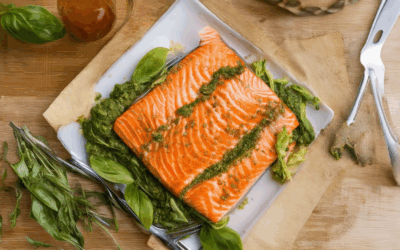
0 Comments